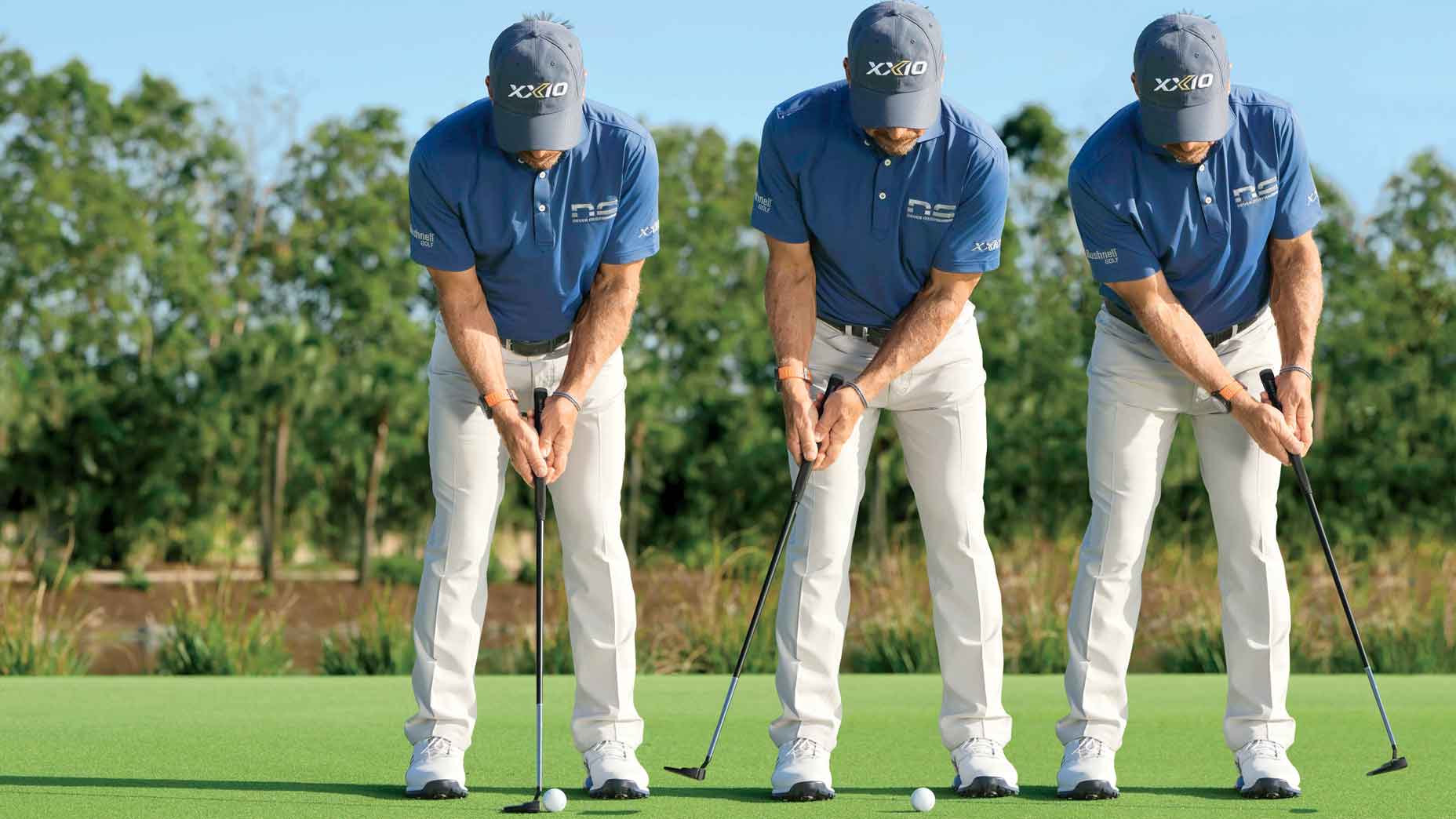On average, how many long putts—by my definition, putts that measure 22 feet or more—does a Tour pro sink in a four-round tournament? If you guessed between three and seven, you’re in good company with most of my golf friends. But the right answer is a measly 1.4 holed putts!
Tournament highlight reels lead us to believe that pros sink putts from just about everywhere. So it’s surprising to learn that even Tour winners only average 2.4 holed putts of 22 feet or longer in the week of their victory. That’s far less than one long holed putt per round.
In fact, since 2012, only two golfers have sunk eight long putts in a tournament: Billy Horschel at the 2014 BMW Championship (which he won) and Chris Stroud at the 2014 Crowne Plaza at Colonial (T14).
Why do the world’s best players hole so few long putts? Simply put, making long putts is harder than it looks. Tour pros sink only 7 percent of their 30-footers. That small chance of success from long range—coupled with only 21 attempts per four rounds, on average—leads to few hole-outs from downtown.
Here are the best long putters from the 2014 season, based on strokes gained per round on putts starting 22 feet or more from the hole:
1. Adam Scott 0.34
2. Rory McIlroy 0.26
3. Ricky Barnes 0.23
4. Graeme McDowell 0.21
5. Steve Stricker 0.21
Let’s examine how weekend golfers stack up to the likes of Adam, Rory and the rest. For putts that start between 25 and 35 feet, Tour pros leave only one in four putts outside of three feet from the hole. Guys like you and me, however, leave one in four outside of five feet of the hole. The main reason recreational golfers sink slightly less than one long putt (from 22 feet or longer) in four rounds? Poor distance control.
To save strokes from far out, like the players above, your goal should be to leave your long putts as close to the hole as possible. If they go in, it’s a bonus.
Try my “Perfect 10” game, which gauges your distance control and measures your progress on long putts. Here’s how to play: On a practice green, hit 10 putts from 25 to 35 feet in length to different holes—say, three from 25 feet, four from 30 feet, and three from 35 feet. Switch up the distances and combine a mix of uphill, downhill and sidehill putts. Give yourself one point for each putt that finishes within three feet of the hole, and subtract one point for each putt that finishes outside of three feet. As the name suggests, 10 is a perfect score, but don’t expect to reach such lofty lag-putting heights. I’ve found that 90-shooters average a score of zero, 80-shooters average two points, and Tour pros typically score five points. My advice: Simply try to improve on your score.
In 2014, Justin Rose and Hunter Mahan significantly improved their long putting under the tutelage of putting coach David Orr, who offers some advice below. Between Orr’s drills and a few games of “Perfect 10,” you’ll be lag putting it a lot closer—and holing out a lot more often.
KNOCK IT CLOSE FROM DOWNTOWN
On long putts, many weekend players make a backstroke that’s too short and a follow-through that’s too long. An overly short backstroke requires additional muscular effort to get the ball to the hole, which results in poor touch and inconsistent distance control. With a backstroke of the proper length, the putter can just swing and let the ball get in the way. To home in on the actual length of your backstroke, hit putts from 5, 10, 20 and 40 feet and watch closely to see how your backstroke naturally increases with the putt distance. Next, hit the same-length putt three times with different backstroke lengths: a short backstroke with a long follow-through, a long backstroke with a short but quick follow-through, and a backstroke and follow-through of equal length. The last one should feel the best. Getting used to that feel will help you hole more putts. — David Orr is the director of instruction for Campbell University’s PGA Golf Management Program.
For more news that golfers everywhere are talking about, follow @golf_com on Twitter, like us on Facebook, and subscribe to our YouTube video channel.







